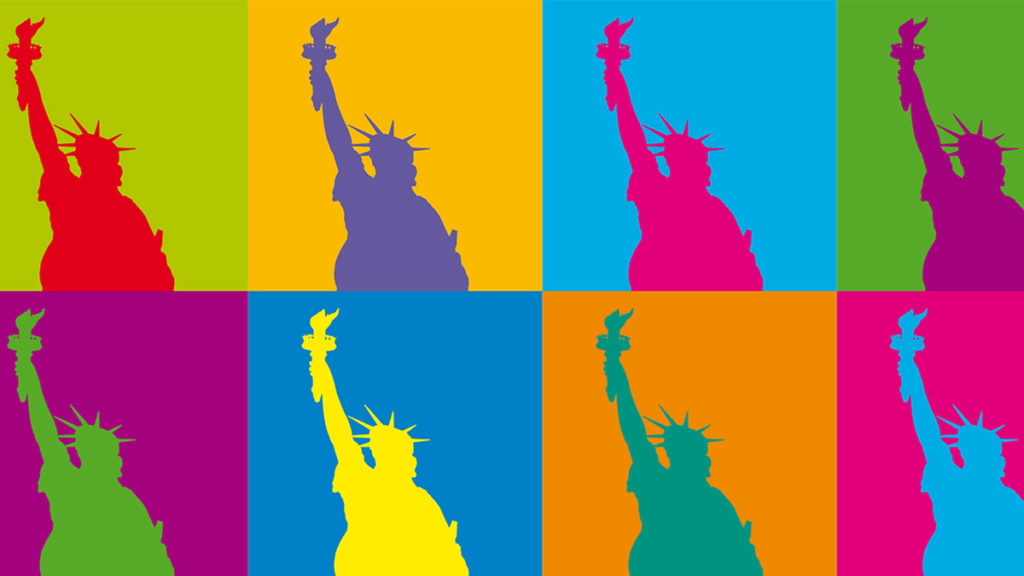Bragging Rights
Explore the latest trends, tips, and stories that make you stand out.
How Memes Became the New Art Movement
Discover how memes evolved into a groundbreaking art movement, reshaping culture and creativity in the digital age. Join the revolution now!
The Evolution of Memes: From Viral Jokes to Cultural Commentary
The evolution of memes has been a fascinating journey, transforming from simple viral jokes shared among friends to powerful tools of cultural commentary. Initially, memes were basic images or text paired with humor, circulating rapidly on platforms like MySpace and Facebook. However, with the rise of social media giants like Instagram and Twitter, memes began to serve more than just entertainment. They became a form of social critique, enabling users to express opinions on politics, social issues, and popular culture through relatable content that resonates with vast audiences.
As memes continue to evolve, they reflect changing social norms and collective sentiments. Today's memes often use irony and satire to deliver poignant messages, serving as both a mirror and a lens through which we can examine society. For instance, the emergence of political memes during recent elections illustrates how humor can facilitate discussions around serious topics. The adaptability of memes ensures their relevance; they can be reshaped by users to comment on ever-changing events, thus solidifying their role as a significant medium for cultural commentary in the digital age.

Exploring the Aesthetic: How Memes Reflect Modern Art Trends
In the digital age, memes have transcended mere entertainment, evolving into a significant form of expression that mirrors contemporary art movements. Platforms like Instagram and TikTok have become virtual galleries where memes showcase evolving aesthetics, from surrealism to minimalist designs. The way these images are crafted often reflects underlying social commentary or critique, akin to the work of modern artists such as Banksy. Just as traditional art movements challenge societal norms, memes use humor and relatability to spark important conversations about current issues, making them a vital part of cultural dialogue today.
Furthermore, the collaborative nature of meme creation fosters a unique community-driven approach reminiscent of collective art projects. The instant sharing and remixing of memes encourage viewers to engage with art in a participatory manner, breaking down barriers between artists and audiences. This phenomenon is particularly evident in the way certain meme formats evolve, echoing trends in design and graphic art, such as the rise of flat design and vibrant color palettes. As we continue to explore the aesthetic of memes, it becomes clear that they are not just a fleeting trend but rather a profound reflection of modern art's dynamic nature.
Can Memes Truly Be Considered Fine Art? A Deep Dive into Digital Creativity
The debate surrounding whether memes can be classified as fine art has gained traction in recent years, as digital creativity increasingly permeates our culture. Memes often reflect social commentary, encapsulating complex emotions and contemporary issues in a single, powerful image or phrase. What sets them apart from traditional art forms is their accessibility; anyone with internet access can create and share memes, effectively democratizing the artistic process. This fluidity allows for constant evolution and adaptation, akin to the dynamic nature of artistic movements throughout history.
Furthermore, the aesthetic value of memes cannot be overlooked. While some may dismiss them as mere entertainment, many meme creators employ techniques similar to those used by established artists, such as irony, satire, and visual composition. For instance, the use of humor and surrealism in memes can evoke profound emotional responses, making them a medium through which complex ideas are expressed. By embracing digital creativity in its various forms, we may find that the line separating fine art from digital expressions, like memes, is increasingly blurred, prompting us to reconsider the traditional definitions of what constitutes art in the modern age.